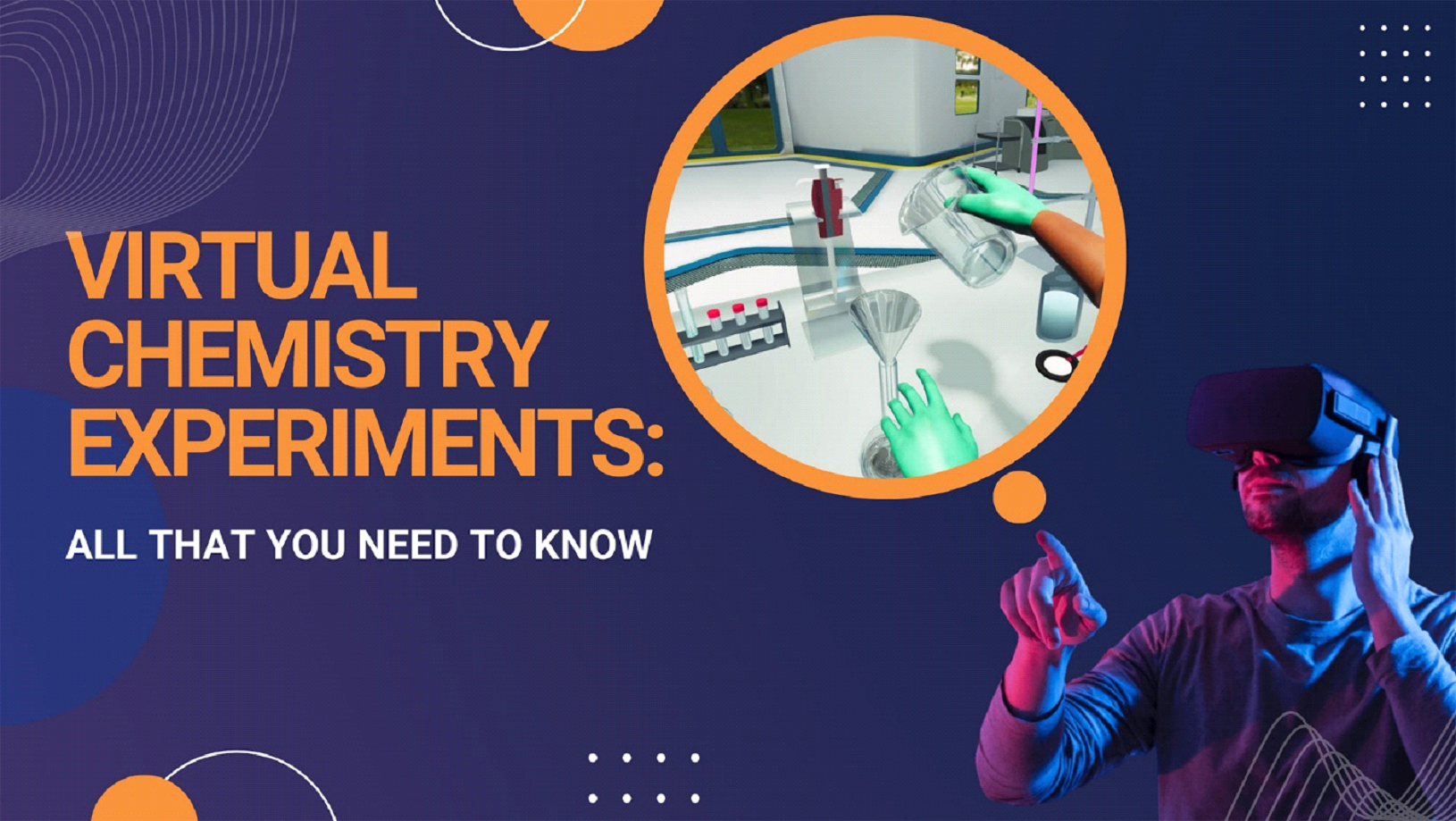Performing experiments is crucial for learning chemistry as it allows you to see how things work. However, doing it in real labs can be challenging due to safety and cost issues. That is where virtual chemistry experiments come in. They are like computer games that let you do experiments without the problems of real labs, making it easier to learn and teach chemistry.
In this blog, we will look at why virtual chemistry experiments are important and how they have changed over time. We will also check out what makes virtual chemistry labs special, address the challenges they solve, and highlight the benefits of advanced digital chemistry simulations.
The Role of Experiments in Chemistry Education
Before we start talking about virtual chemistry experiments, let’s first see why experiments are so important in learning chemistry. Experiments are like the hands-on part of chemistry, and they help students really get what is going on. Here are some reasons why experiments matter:
- Practical Learning: Experiments make chemistry real. You can touch, mix, and see things change, which helps you understand better.
- Connecting Theory and Reality: They show how the concepts you learn in books actually work in the real world.
- Problem-Solving: Experiments teach you how to figure things out and solve problems, a key skill in science.
- Curiosity: They spark your curiosity and make you ask questions, which is how scientists discover new things.
Challenges of Traditional Chemistry Experiments:
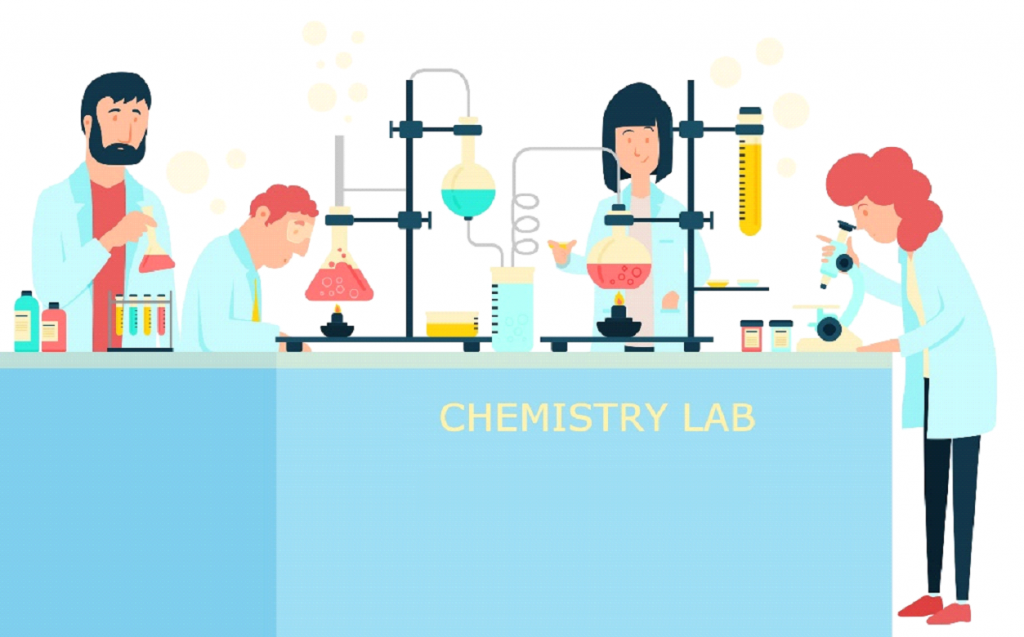
Traditional chemistry experiments conducted in physical laboratories come with their own set of challenges that can hinder the learning process and limit access to quality education. Some of the key challenges associated with traditional chemistry experiments are
- Safety Concerns: Traditional labs use chemicals that can be dangerous, so keeping students and teachers safe is a big deal. Accidents can happen, and it is not always easy to make sure everyone follows safety rules.
- Limited Access: In many schools, especially those in areas with limited resources, students may not have access to the latest and best laboratory equipment. This can restrict students from conducting a wide range of experiments and hands-on learning experiences.
- Geographical Barriers: >Some students do not have the same chances to use good chemistry labs. Those living in remote or underserved areas may have limited opportunities for hands-on chemistry experiments.
- Budget Issues: Setting up and maintaining a physical chemistry laboratory can be expensive. Schools with limited budgets may struggle to provide the necessary equipment, chemicals, and facilities for meaningful experiments.
- Environmental Impact:Real labs create chemical waste, which can harm the environment. Proper disposal is hard and costly.
The Virtual Chemistry Experiments
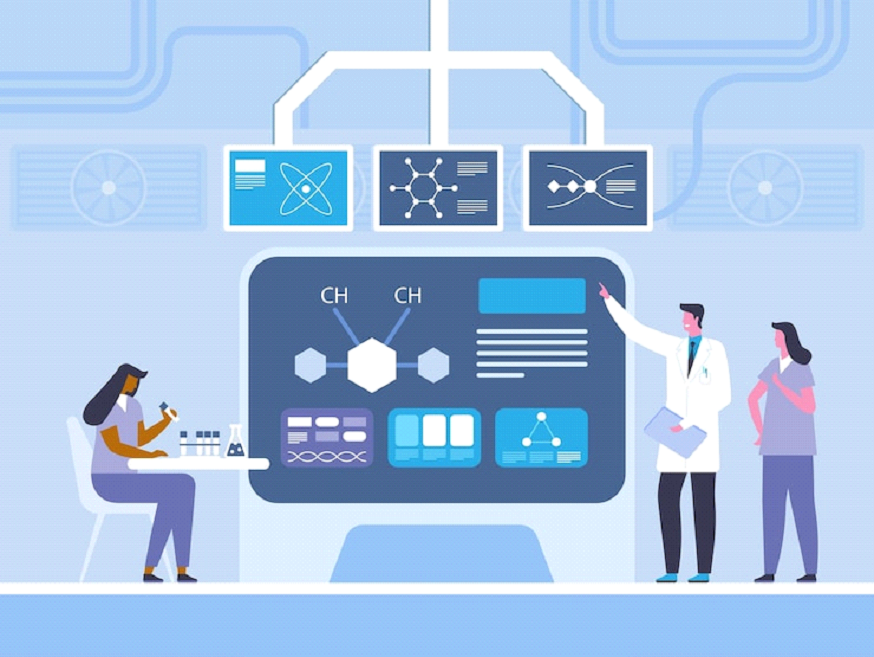
Virtual chemistry experiments are like computer games that let you do chemistry experiments without actually being in a real lab. You can play with chemicals, reactions, and lab equipment on your computer. These computer experiments look and feel just like real ones, but they are safer and more fun to learn with.
The evolution of virtual chemistry experiments is a remarkable journey that reflects the advancements in technology and education. In the 1960s, a few visionary educators and researchers recognized the potential of computers in enhancing science education. They created the simple computer simulations of chemical reactions. They were basic and did not look like modern virtual labs.
In the 1970s, simulations got more interactive, where students were able to change the parameters of the experiments, change the amount of reactants, and see their effect on the reaction in real-time. In the 1990s, online labs appeared on the internet so that students could use them from anywhere. In the 2000s, 3D technology improved, making it easier for students to understand complex chemical structures and reactions.
Features and Functionalities of Virtual Chemistry Laboratories
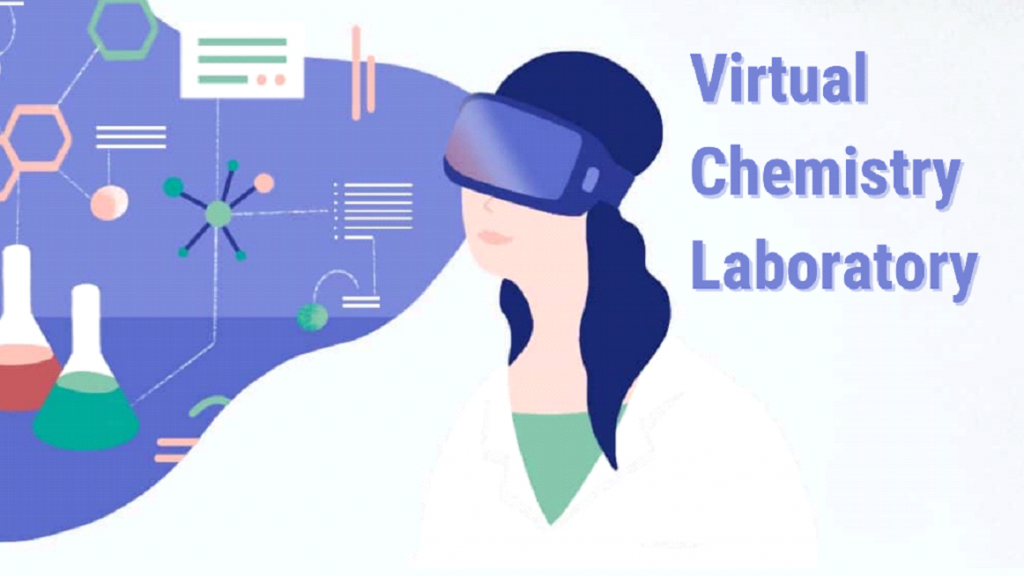
Virtual chemistry laboratories are comprehensive platforms designed to replicate the entire laboratory experience in a digital environment. These platforms offer a wide range of features and functionalities that make them indispensable tools in modern chemistry education.
- Safety: It is a top priority in science education, and virtual chemistry experiments eliminate the risks associated with handling hazardous chemicals, glassware, and equipment. Students can explore reactions involving toxic or flammable substances without any physical danger, ensuring a safe learning environment.
- Accessibility: One of the best things about virtual experiments is that they are available to everyone, no matter where they live. Even if you are in a remote place or do not have an advanced lab nearby, you can still do important chemistry experiments.
- Comprehensive List of Experiments: Virtual labs have tons of experiments covering a wide range of topics, from basic to advanced chemistry experiments.
- Interactivity: Interactivity is a hallmark of virtual chemistry experiments. Students can manipulate variables, adjust conditions, and observe the results in real-time.
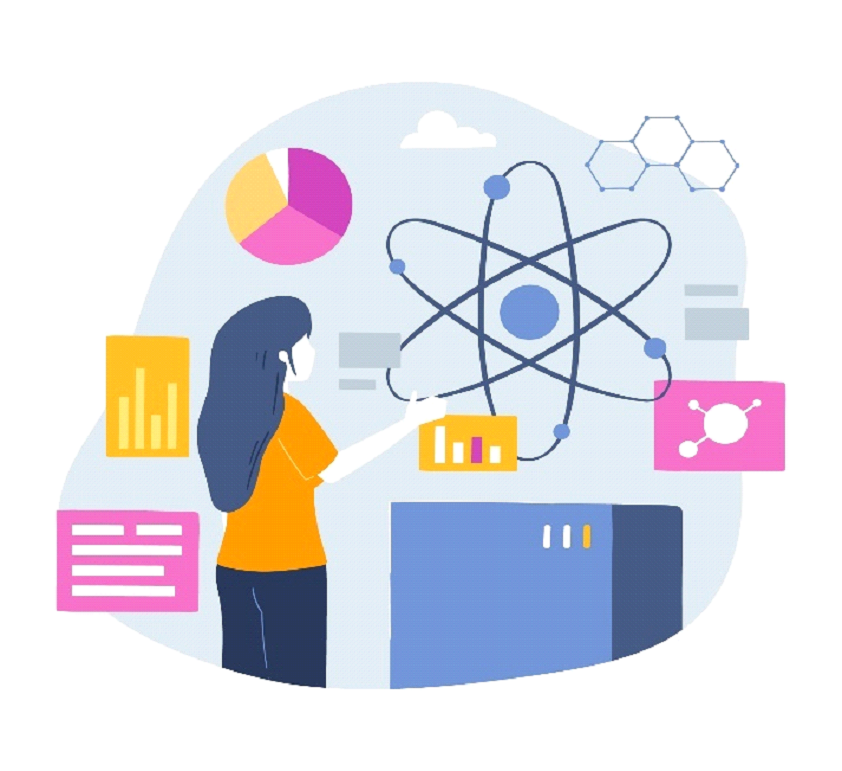
- 3D Molecular Modelling: One of the standout features of virtual chemistry laboratories is the ability to visualize molecules and chemical reactions in 3D. Students can rotate, zoom in, and interact with molecular structures, gaining a profound understanding of chemical bonding and geometry.
- Data Collection and Analysis: In virtual labs, some tools help you collect data and analyze it. You can record your observations and measurements. After that, you can look at the data and make conclusions.
- Immediate Feedback: Virtual experiments offer instant feedback on experimental outcomes, allowing students to correct errors and refine their techniques in real time.
- Customization: Teachers can customize experiments to align with specific learning objectives and curriculum requirements. This flexibility ensures that virtual labs can be tailored to suit the needs of individual classes and students.
How Virtual Chemistry Experiments Work
We have explored the features and functionalities of virtual chemistry laboratories. Let us delve into the mechanics of how these experiments actually work. Understanding the inner workings of virtual experiments will provide insights into their educational value.
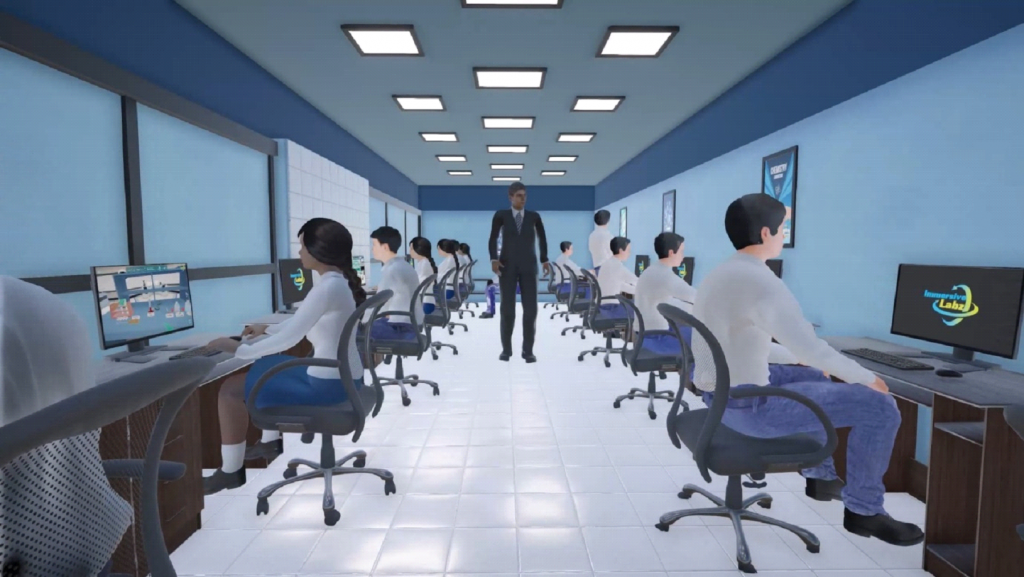
- Simulation Engines: Virtual chemistry experiments rely on advanced simulation engines. These engines utilize mathematical models and algorithms to replicate chemical reactions and interactions. They take into account factors such as reaction kinetics, thermodynamics, and molecular forces to provide realistic results.
- User Interaction: Students interact with virtual experiments through a user-friendly interface. They can select experiments from a menu, set up initial conditions, and manipulate variables using intuitive controls. This interaction is designed to mimic the actions a student would perform in a physical laboratory.
- Real-time Feedback: As students conduct experiments, the simulation engine provides real-time feedback. This feedback includes visual representations of reactions, data collection, and analysis. It allows students to observe the consequences of their actions and make adjustments as needed.
- Data Collection and Analysis: Virtual labs often include tools for data collection and analysis. Students can record measurements, observe trends, and perform calculations just as they would in a physical lab. This data-driven approach reinforces scientific methodology and critical thinking skills.
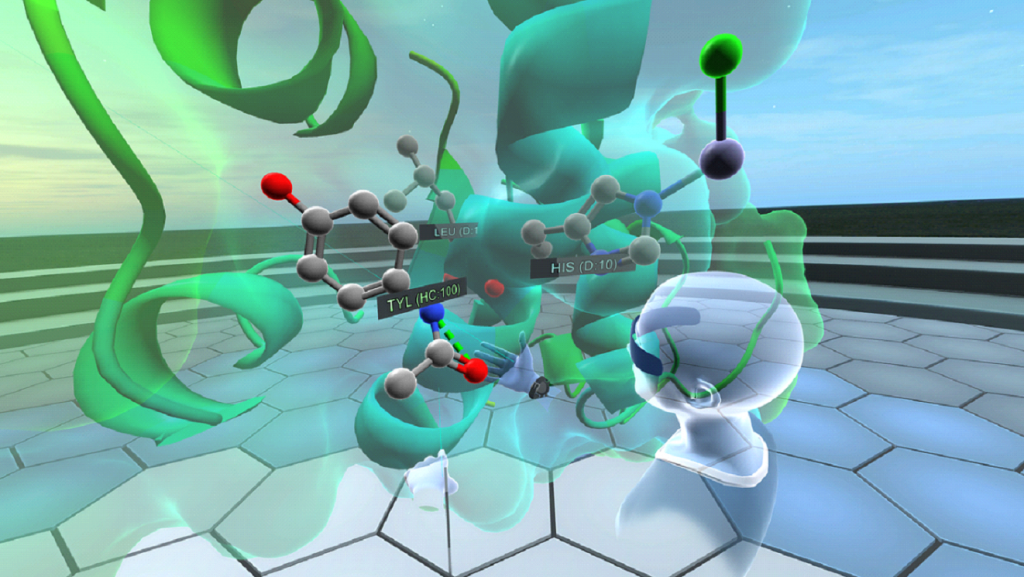
- 3D Visualization: One interesting thing about virtual chemistry experiments is 3D visualization. Students can explore molecular structures, rotate them, and zoom in to examine details. This immersive experience enhances their understanding of molecular geometry and chemical bonding.
- Experiment Customization: Teachers can change virtual experiments to fit what they want students to learn. They can adjust things, like the weight of the reactants or the experimental conditions, to make it match what they are teaching. This way, the virtual experiments match what students are supposed to be learning.
The Future of Virtual Chemistry Experiments:
As technology continues to advance, the future of virtual chemistry experiments looks even more promising. Here are some trends and potential developments on the horizon:
- Integration of Artificial Intelligence (AI): AI can play a significant role in virtual experiments by providing personalized learning experiences. These labs might adapt experiments based on individual progress, provide targeted feedback, and even suggest additional resources or experiments to enhance understanding.
- Virtual Reality and Augmented Reality: The integration of VR and AR technologies could take virtual chemistry experiments to the next level. Students could wear VR headsets to feel like they are in a real lab, interacting with equipment and chemicals in a virtual environment.
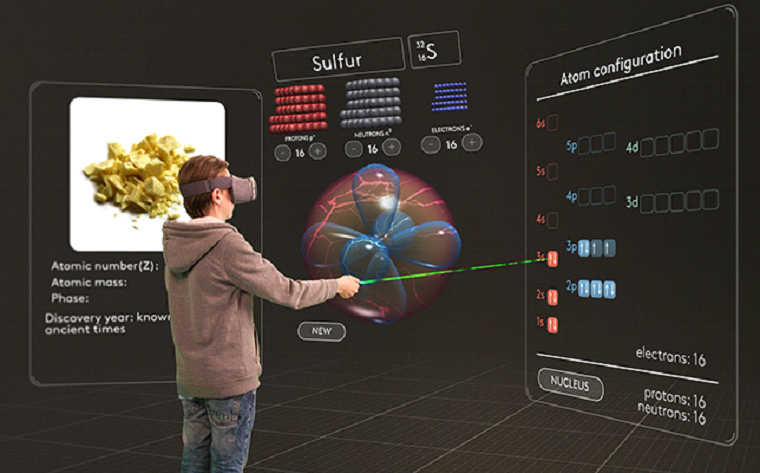
- Remote Collaboration: Virtual labs have the potential to bring students and educators together, even when they are far apart. This means students can work on projects, have discussions, and share what they know, all without being in the same place. Learning to collaborate and communicate in a virtual environment can be a valuable skill for the future.
- Advanced Simulations: The simulations themselves will continue to improve, becoming more realistic and accurate. This will provide students with an even better understanding of complex chemical processes.
- Cloud-Based Platforms: Moving virtual labs to the cloud can enhance accessibility. Students won’t need powerful computers to run simulations, as the processing will happen on remote servers.
If you want to try virtual chemistry experiments, you can find lots of resources on the internet. SimuLab is one of the most advanced and interactive virtual labs available. It’s a great place to start your virtual chemistry journey.
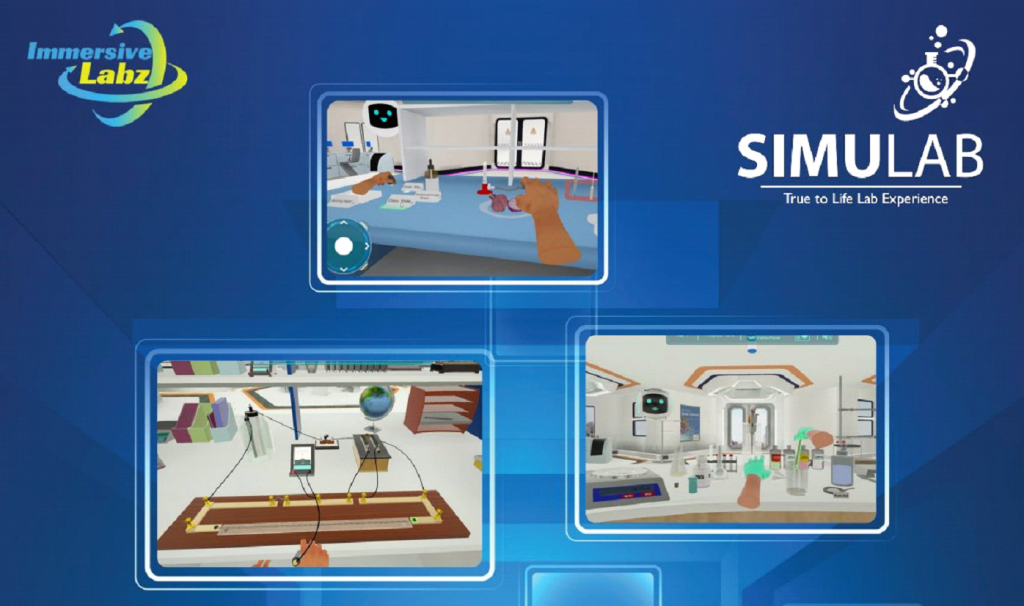
Conclusion:
As we look ahead to the future of learning chemistry, it is important to see how amazing virtual experiments can be. They make learning available to everyone, help us understand things better, and get us ready for a future in science and innovation.
The laboratory of the future is no longer limited to brick and mortar; it exists in the virtual realm, ready to inspire and educate. Whether you are a student, teacher, or just curious, the virtual lab is waiting for you. It is safe, easy to use, and takes you on an exciting journey into the world of chemistry. Virtual chemistry experiments have unlocked a new era of discovery and understanding.
Writer – Ajay Shende
Scientific Content Writer – Chemistry

